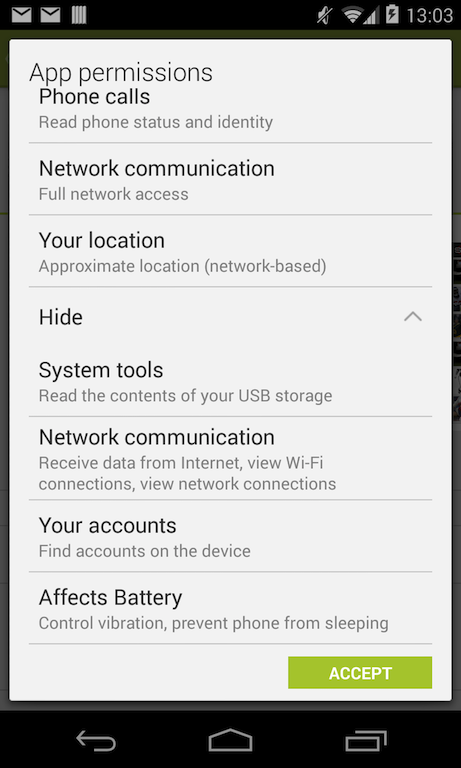The question that I get asked the most these days is “what development languages should I be learning [to stay competitive/excited/motivated/etc] ?” The high-tech industry, and software in particular, is changing at a ridiculously fast pace and that introduces a lot of uncertainty and confusion as well as great opportunity. My answer to this question is unequivocal: I think for the foreseeable future developers should be learning the basic concepts of JavaScript and Python. If you don’t already have these skills then you simply cannot go wrong with this approach. If you’ve been a long-time server-side developer, or you are just getting started with software development then knowing the patterns and practices for JavaScript and Python will serve you well.
Why?
There are three primary reasons and I’ll try to be short and to the point. First, there are at least 2.5 billion internet users world wide, and that number is growing. Their primary method of accessing the web is a browser and JavaScript is the lingua franca of the browser world. JavaScript is a scripting language and it is “the” fundamental building block that allows web pages to “do” things such as submitting your search request to a server, or helping to find your location from your phone. Almost all web pages being served up around the world have JavaScript in them.
Second, the majority of retail, commercial and governmental web applications have a requirement that calls for the use of “server-side” code. This is code, such as Python, that runs on a server and not in the browser application. The most common functionality of server-side code is passing data back and forth between a database and a web application. For example, if a web app asks for a username and password, that user name and password are almost always stored on a server somewhere and not, for security reasons, in the web page and on the client browser where it could be very easily stolen.
Third, you can absolutely apply these client-server patterns and practices to other languages used within the realm of web development. A User Interface designer who has been solely focused on layout and styling via Cascading Style Sheets (CSS) can now understand and appreciate how the underlying JavaScript code can affect the look, feel and behavior of a web page. Python skills can also be used a springboard for more quickly learning other powerful web development platforms such as ruby-on-rails.
The bottom line is if you understand both client development (JavaScript) and server development (Python), then you start to gain considerable value as someone who understands how to help the entire system work together in harmony.
A short note on jQuery.
Many (most?) new web developers learn jQuery first. However, even if you know jQuery you don’t necessarily understand JavaScript. The awesome jQuery libraries provide an interface that hides and simplifies a lot of native JavaScript hoopla, and in general can really make life significantly easier and save time when building modern cross-browser web apps. jQuery is built using JavaScript (and CSS3), but it is not JavaScript. Because of that, when something goes wrong or not as you expected (not if, but when!), and you have a general understanding of how JavaScript works, then you stand a much better chance of figuring out a timely work-around with significantly less stress, frustration and time wasted towards your projects deadline.
The absolute minimum recommended reading list:
JavaScript.
- Douglas Crockford’s book “JavaScript: the good parts”.
- Douglas Crockford’s website – He is considered a key brainchild behind the ongoing development and understanding of JavaScript.
- W3schools – An excellent website for anyone using or learning JavaScript. It has tutorials and online Try It Yourself sample apps.
Python.
- The official Python getting started page.
- https://www.learnpython.org – great getting started online tutorials with Try it Live code windows.
